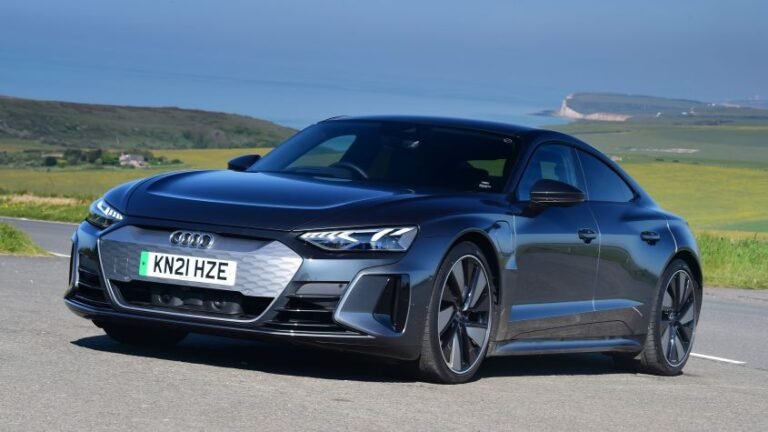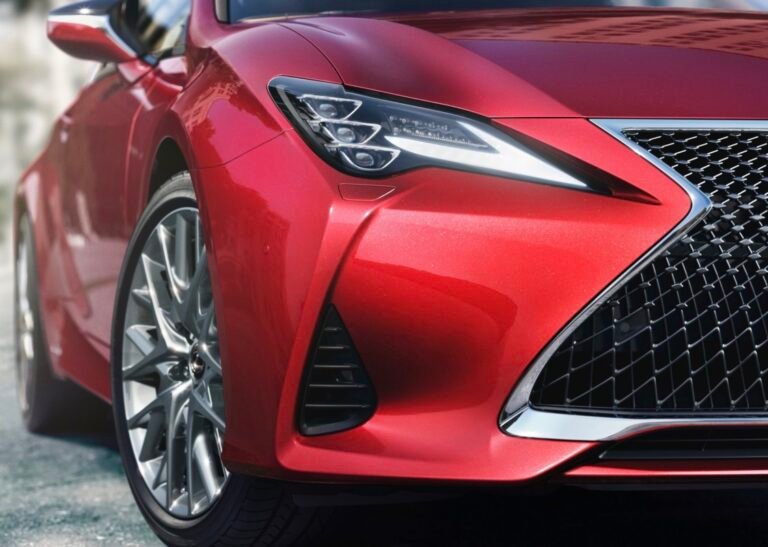
When we hired a Gen Z marketer, we had no idea what we were getting ourselves into. We expected fresh perspectives and a new approach to marketing, but as an older millennial, I didn’t expect just how foreign her methods would feel. Our company is an AI-powered platform that helps small and medium-size businesses find top part-time professionals through network-based recruiting. As we grew, we realized we needed someone who truly understood how younger audiences communicate and consume content—not just to market the product, but to shape how we tell our story in a changing world of work.
For decades, marketing has been about connecting emotionally with audiences. “Hit the pain points,” they say. But now? We’re living in a completely different world where short and authentic is king and Gen Z speaks an entirely different language. Try making sense of phrases like:
“Touch grass? I AM the lawn.”
“Delulu is the solulu.”
“Slayed so hard I need a rest day.”
I need a dictionary to decode this. Worse, I can’t even evaluate the creatives our marketer brings to the table—they’re so removed from my understanding of what works. It’s a puzzle. But what is also true is that we needed someone who gets it. In the same way that you need the right tech stack to build a successful product, you need the right people to resonate with your Gen Z audience. Here’s what I learned about how marketing has changed from our Gen Z marketer.
A Gen Z style ad for Intech.
The rule of TikTok
There’s a general rule when it comes to social media platforms — teenagers don’t want to hang out where their parents are–or geriatric millennials.
Instagram was built to solve a specific problem: sharing life’s moments in a simple, visually appealing format. It worked because millennials wanted to embellish their life. But that’s a negative vibe for Gen Z’s “only authentic content” ethos.
TikTok is different. It doesn’t solve a problem, it is more of a content playground where attention grabbing creative content rules. TikTok is not about functionality but about the thrill of discovery. The same goes for YouTube Shorts.
Micro-trends dominate
One of Gen Z’s most defining traits is how quickly they move through trends. On Instagram, an ad can last for weeks before losing steam, but on TikTok, you’ll be lucky if a trend lasts a couple of days. Gen Z’s world is about micro-trends, and staying on top of these can feel like a full-time job.
Remember that trends are not created by companies — they are created by young people themselves. Advertising itself has become decentralized, and it can’t look like advertising at all.
A millennial style ad for Intech.
“That’s so me”
If you try to replicate Gen Z’s style — or worse, imitate them as a millennial or older marketer — it comes across as inauthentic, and that’s a surefire way to alienate them. Gen Z has a radar for fake, and they’ll call you out for it.
The content that grabs their attention is fast, compressed, and utterly focused on authenticity. Whether it’s meme-based or pure user-generated content , if it’s relatable, they’ll engage.
Furthermore, Gen Z is rejecting traditional advertising which paints a picture of a happier, more beautiful, successful life. For them, it’s about identity. If your content doesn’t make Gen Z say ‘That’s so me,’ then it’s not worth their time. This could be a video of someone fake-smiling through a Zoom meeting while their laptop teeters on a stack of laundry, a meme about overthinking a simple text message for 15 minutes, or a skit that dramatizes the emotional rollercoaster of getting ghosted after a job interview. The goal isn’t polished perfection – its emotional accuracy, humor, and the unfiltered truth of everyday moments.
Let Gen Zers lead the way
As a founder with over a decade of marketing experience, I’ve come to accept that I can’t speak to younger audiences the way fellow Gen Zers can.
Before, our marketing used to follow a classic structure: brand-building business-to-business positioning: thought leadership, long-form content, product launches, and sales enablement—all based on the “pain → solution → offer” formula. It was clear, structured communication that worked well for a more traditional audience.
After a Gen Z marketer joined the team, everything shifted: we stopped explaining the product and moved away from polished, heavily branded materials. Instead we prioritized native, meme-driven, user-generated, and highly contextual content. The goal wasn’t to convince anymore, but to resonate instantly — to make the audience say: “That’s so me.” Our marketer launched TikTok-style videos that used humor to show what it feels like to be stuck hiring from outdated platforms. She created Instagram Reels featuring mock text threads between overwhelmed founders and the “dream hire” who finally gets it. She even turned real user feedback into memes that felt like inside jokes for our audience. In the new approach, pain points are barely mentioned at all—it’s all about cultural relevance and emotional recognition. At the same time, our return on ad spend jumped from around 30% to 120%.
If your product targets Gen Z, or if you want to stay relevant in a future where Gen Z will be the dominant workforce and consumer group, you need to let them take the reins. Their instincts for trends and authentic content are unmatched. They understand the pulse of what’s current and know what will resonate with their peers. If you want your marketing to succeed, you need to follow their lead.






